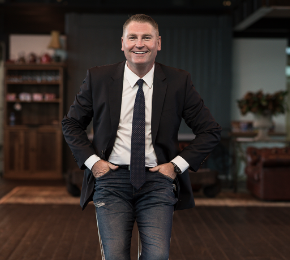What marketers can learn from the sneaker industry
Creating a product that your purchasers add value to, offering market customisation, bespoke editions and strong community – there’s a lot the sneaker industry can teach marketers, says Jason Dooris in this guest post.
For most of us, raffles are a Friday night institution at the local, where we part ways with a fiver in the hopes of snaffling a tray of meat – and, obviously, it’s no great shakes if we miss out.
 But for a select group of people, a raffle is their only possible chance of snaring the thing they desire most in the world…
But for a select group of people, a raffle is their only possible chance of snaring the thing they desire most in the world…
A pair of shoes.
Okay, I’m likely to be strung up by my laces up for saying ‘a pair of shoes’. The kicks in question are actually limited edition sneakers, the people after them are known as ‘Sneakerheads’, and the raffles – far from being a quaint throwback to primary schools and RSLs – are a marketer’s dream.
What are the odds?


18860 divided by 210 is 90, not 900.
Fail.